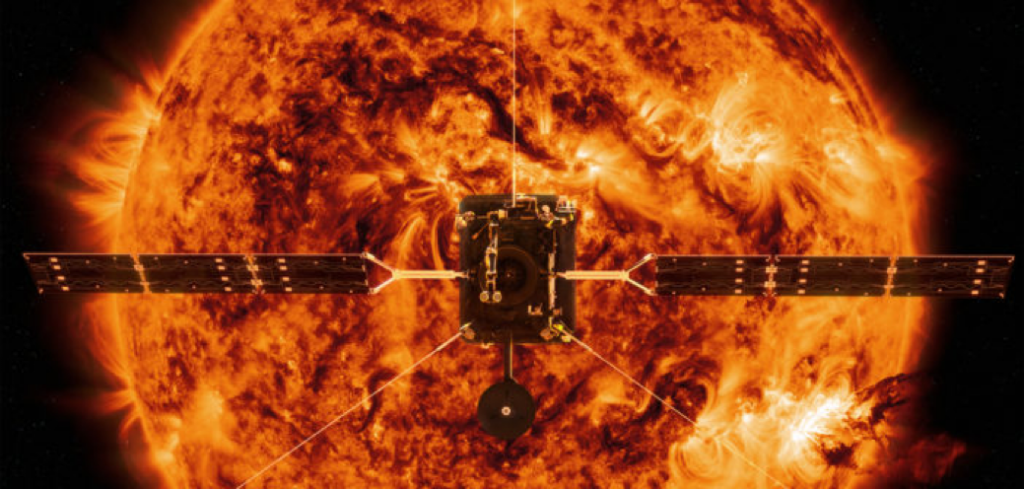One of the problems in our understanding of solar eruptions, of their origin and evolution in interplanetary space, is the limited availability of information on the magnetic fields they contain and carry within themselves.
Measurement of magnetic fields is possible locally only when the eruption crosses a probe (as performed by the most recent Parker Solar Probe and Solar Orbiter probes), but even in that case information is limited to the very small fraction of the eruption that the probe itself crosses.
Remote measurements (images acquired with telescopes) provide instead much more general information on the eruptions, but the magnetic field structures inside them can only be inferred qualitatively assuming that they are traced by the observed plasma structures, without however being able to directly measure the modulus and direction of the magnetic field vector.
In particular, the magnetic field has never been remotely measured inside the eruptive prominences, although we know that it is the Lorentz Force that accelerates the eruption.
Quantitative measurements of magnetic fields, however, can be obtained remotely from the analysis of the polarized component of the radiation, by evaluating how this polarization is modified by the presence of magnetic fields in some particular spectral lines. One of these is in particular the emission line D3 of Helium at 587.7 nm, which is sensitive to the magnetic field, whose presence causes a partial de-polarization (i.e., a reduction of the polarization) and a rotation of the polarization vector that can be measured – a phenomenon known as the “Hanle effect“.
These types of measurements have already been made with ground-based telescopes for quiescent prominences, but have never been made in eruptive prominences that cannot be observed from Earth.
This work initiated from the observation that the Helium D3 line falls right inside the bandpass of the visible-light channel of the Metis coronograph on board the ESA Solar Orbiter mission, a channel that precisely measures the amount of polarized emission.
In principle, this makes it possible to measure the magnetic fields in the prominences through the analysis of the polarized emission observed during an eruption. However, this measurement is complex as the visible light has its own “natural” polarization in the background that does not depend on the magnetic field, but more simply on the properties of the Thomson scattering producing it. This polarized emission must therefore be isolated from the polarized emission of the Helium D3 line in the band..
The simulations carried out in this work show that for temperatures and magnetic fields typical of an eruptive prominence it is expected to observe a de-polarization related to the magnetic field of the order of 10% in the signal that therefore should be well measurable by Metis.
This will allow in the future to use the Metis coronograph not only to measure plasma density and velocity, but also to quantify for the first time the magnetic fields and their evolution in the eruptive prominences that will be observed, thus providing a fundamental ingredient for our understanding of these phenomena.
Read more about this research highlight news based on the article led by P. Heinzl and including A. Bemporad, S. Fineschi and R. Susino.

Artist’s impression of the Solar Orbiter superimposed on a real observation of the Sun.
[Spacecraft: ESA/ATG medialab; Sun: NASA/SDO/ P. Testa (CfA)]
